An Introduction to Amazon Web Services (AWS)
Category: AWS Posted:Mar 01, 2019 By: Robert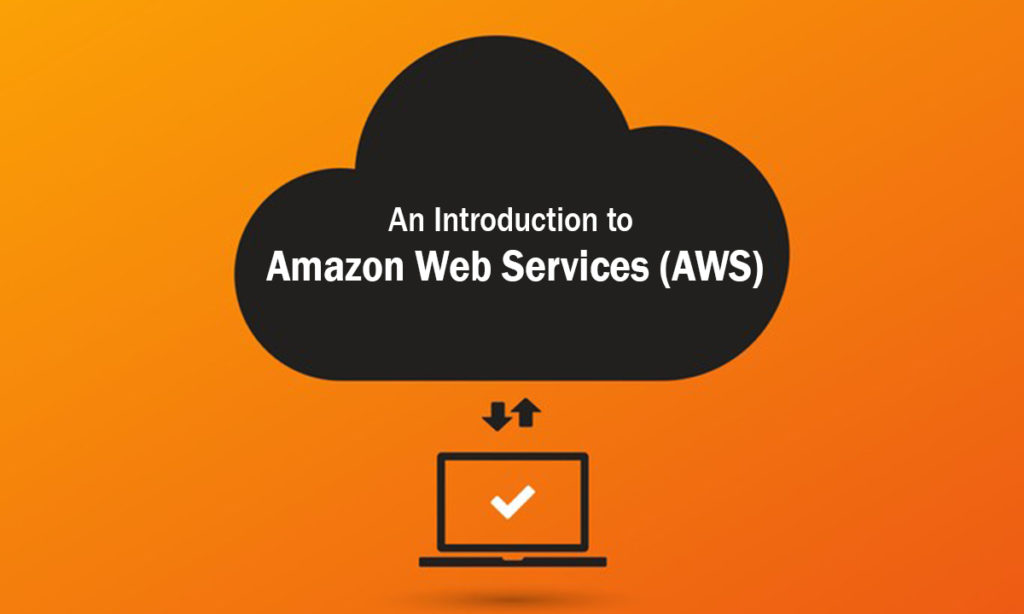
Currently, AWS is one of the sizzling topics in the cloud market. It has picked up speed for providing wide-ranging cloud computing services. AWS was introduced in 2006, started providing businesses with new opportunities to have low adaptable costs that replace high infrastructure expenditures upfront. Now, companies do not require planning for setup, for example, servers and other IT infrastructure in advance. In its place, they can provide outcomes quickly by accessing the number of servers virtually in a couple of minutes through the cloud. So, let’s learn about Amazon Web Services (AWS).
Want to know More about AWS Solution Architect Training? Click here
What is AWS?
AWS stands for Amazon Web Services. It is a complete, secured, emerging cloud computing platform provided by Amazon. It offers a combination of infrastructure as a service (Iaas), platform as a service (PaaS), and packaged software as a service (SaaS) offerings. It provides services in the form of building blocks which can be used to create and deploy an application in the cloud. It delivers on-demand cloud computing services on a pay-as-you-go premise.

AWS enables you to perform the following things:
1. You can run web and application servers to host dynamic websites.
2. It allows you to store all your files securely on the cloud which is accessible from anywhere.
3. To store information it utilizes managed databases such as MySQL, PostgreSQL, and Oracle or SQL server.
4. With the help of Content Delivery Network (CDN), you can provide static and dynamic files rapidly throughout the world.
5. It is possible to send bulk email to your customers.
You can also read this: Recommendations For Migrating To AWS
AWS offers various services, and each service is classified under domains like compute, storage, database, messaging, managing tools, migration, network and content delivery, security, and identity. Let’s have a look at extensively used domains and their services.
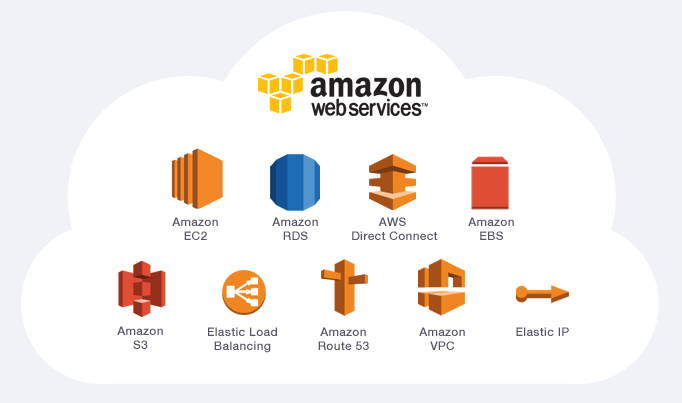
Source: hackernoon.com
1. Compute: This domain consists of the following services related to computing workloads.
- Elastic Compute Cloud (EC2): These are the virtual machines in the cloud on which you have the OS level.
- Elastic Container Service (ECS): It is a highly scalable container service that enables you to run a Docker container in the cloud.
- LightSail: This service is suitable for those who do not have any previous experience with AWS. It deploys and manages to compute, storage, and networking capabilities automatically which are needed to run the applications.
- Lambda: It is an AWS’s Serverless technology, which enables you to run functions in the cloud. Using this service, you can save a huge cost as you have to pay when your function executes.
- Elastic Beanstalk: This service enables automated deployment and provisioning of resources such as a highly scalable production website.
- Elastic Container Service for Kubernetes (EKS): It is a new service that enables you to use Kubernetes on AWS without installing and managing your own Kubernetes control plane.
2. Storage: The storage domain consists of services related to data storage such as:
- Simple Storage Service (S3): This is a storage service of AWS on which various objects such as files, folders, images, documents, songs, and many other objects can be stored. But it cannot be used to install software, games or the Operating System.
- Glacier: It is a very low-cost archival service that is used to store files for a long time like a few years.
- Storage Gateway: It is a virtual machine which you install on your on-premise servers.
- Elastic File Storage (EFS): It provides file storage for use with your EC2 instances.
3. Database: This domain is utilized for database related workload. Services under this domain are:
- Relational Database Service (RDS): With the help of this service, you can run relational databases such as MySQL, MariaDB, PostgreSQL, Oracle, or SQL Server. These databases are entirely managed by AWS, such as installing antivirus and patches.
- Redshift: It is AWS’s data warehousing solution that can be utilized to execute complex OLAP queries. With the help of this service, the data can be stored in a column instead of rows.
- DynamoDB: It is a highly scalable, high performance, and No SQL database.
4. Migration: This domain is used for transferring data to and from AWS framework and includes the following services:
- Database migration Service: This service is used to transfer on-site databases to AWS. Using this service you can migrate from one type of database to another. For instance, from Oracle to MySQL.
- Snowball: It is a folder-sized application that is utilized to move terabytes of data inside and outside of AWS.
- Server Migration Service (SMS): This service enables you to move from on-site servers to AWS easily and quickly.
5. Network and Content Delivery: In this domain, Network is utilized for segregating network infrastructure and content delivery is used for quicker delivery of content. It involves the following services:
- Virtual Private Cloud (VPC): It is a data center in the cloud which is utilized to organize all resources. It enables you to separate your resources and secure them.
- Route 53: This is one of the highly available Domain Name System (DNS) services of AWS. It helps you to register domain names through it.
- CloudFront: It is AWS’s Content Delivery Network (CDN) which consists of Edge locations that cache resources.
- Direct Connect: With the help of this service, users can connect to the data center with an availability zone by using a high-speed dedicated line.
6. Management tools: This domain involves services which are used to manage other services in AWS. Services under this domain are:
- CloudFormation: This service helps to turn infrastructure into the cloud. Templates are used to deliver a complete production environment in a few minutes.
- CloudWatch: This service is used to monitor AWS environments such as CPU utilization of EC2 and RDS instances and trigger alarms based on various metrics.
- CloudTrail: This service helps to audit AWS resources. It logs all changes and API calls made to AWS.
- Config: This service helps to observe your environment and informs you when some configurations break down.
7. Security, Identity, and Compliance: This domain involves services which are used to manage to authenticate and deliver security to AWS resources. It includes the following services:
- Identity and Access Management (IAM): This service enables you to manage users, allocate policies, and create groups to manage several users.
- Key Management Service (KMS): It is a managed service using which you can easily create and control the encryption keys that are used to encrypt your data.
- Web Application Firewall (WAF): This service provides you application-level protection and blocks SQL injection and cross-site scripting attacks.
- Shield: It is a managed Distributed Denial of service (DDoS) protection service which maintains web applications running on AWS.
- Certificate Manager: It provides you free SSL certificates related to your domains which are managed by Route 53.
8. Messaging: This particular domain includes services that are used for queuing, notifying or emailing messages. Services under this domain are:
- Pinpoint: This service is similar to Google analytics for mobile applications. It helps you to know users and involve with them.
- Simple Email Service (SES): With the help of this service, you can send emails to your clients in bulk at an exceptionally low price.
- Simple Notification Service (SNS): Using this service, you can send notifications in the form of email and SMS for your AWS services. It is also called as push-based service.
- Simple Queue Service (SQS): This is the first service provided by AWS which is used to decouple your applications. It is a pull-based service.
9. Mobile Services: This particular domain includes two popular AWS mobile services, i.e. Cognito and Mobile analytics.
- Cognito: With the help of this service, users can sign-up using social identity providers.
- Mobile analytics: It allows the user to analyze mobile data simply and cost-effectively.
Checkout this Article- A Brief Introduction to AWS Management Console
Benefits of Amazon Web Services (AWS):
Amazon Web Services are leading the cloud market for more than 12 years. Due to the following benefits, AWS has become the leader in the cloud market. Let’s have a look at these benefits:
1. Easy to use: AWS is intended to enable application providers, ISVS, and vendors, to host their applications securely and quickly, no matter whether it is an existing application or a new SaaS-based application. With the help of well-Documented Web Services APIs or AWS Management Console, you can access the AWS application hosting platform.
2. Reliable: Amazon Web Services are very reliable. AWS delivers a worldwide infrastructure with 42 available zones in 16 geographical regions. As per the Service Level agreement, it is committed that Amazon will provide 99.5% availability of services for each region. It also offers various services, confirming reliability like application monitoring, and Cloud Formation Configuration template.
3. Secure: It is one of the most essential aspects of AWS. It offers an end-to-end approach which verifies and solidifies your framework. AWS gives you security and also helps to protect privacy because it is stored in AWS data centers. AWS infrastructure is designed in such a way that you can keep your data safe regardless of its size.
4. Flexible: AWS provides you the flexibility to choose the operating system, programming language, web application, database, and other required services. With AWS, you get a virtual environment which allows you to load the software and services required by your applications. This streamlines the migration process for current applications while preserving options for building new solutions.
5. Scalable and high-performance: With the help of AWS tools, auto-scaling, and elastic load balancing, you can scale your application up or down as per the requirement. Sponsored by Amazon’s huge infrastructure, you can access computing and storage resources according to your requirement.
6. Cost-effective: Amazon Web Services are very low-cost. In AWS, you need to pay only for the compute power, storage, and other resources which you want to utilize, without any long-term contracts or commitments.
7. Elasticity and Agility: Due to its global cloud framework, AWS permits you to innovate and experiment rapidly. According to the client’s requirements, you can add or remove resources. In information technology, elasticity is associated with infrastructure, and there is a possibility to save in the cloud and achieve better ROI.
Register here for a Live Webinar on AWS
Conclusion: Amazon is one of the advanced cloud service providers in the market. Amazon has provided an emerging cloud computing platform i.e. AWS. AWS delivers secure services, which supports you to decrease infrastructure costs like servers, including saving on the number of staff needed to develop and maintain the infrastructure. It also provides other benefits such as easy to use, flexibility, reliability, a high performance due to which it has become the choice of many users.

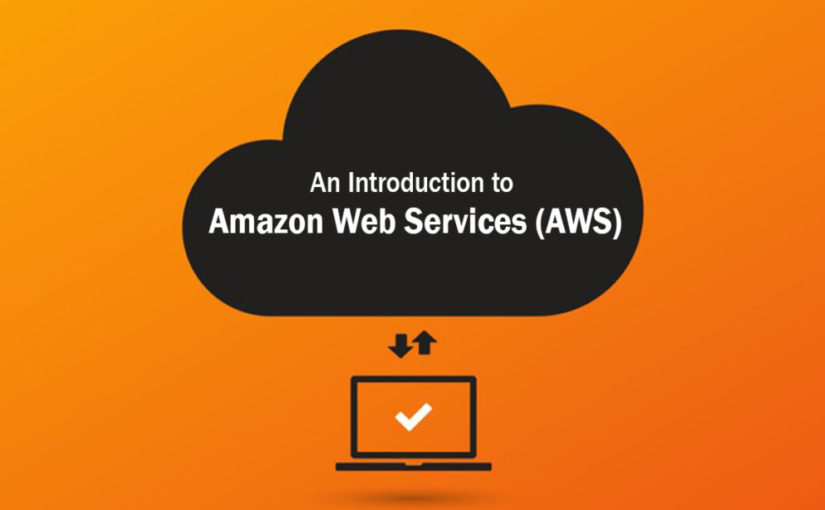
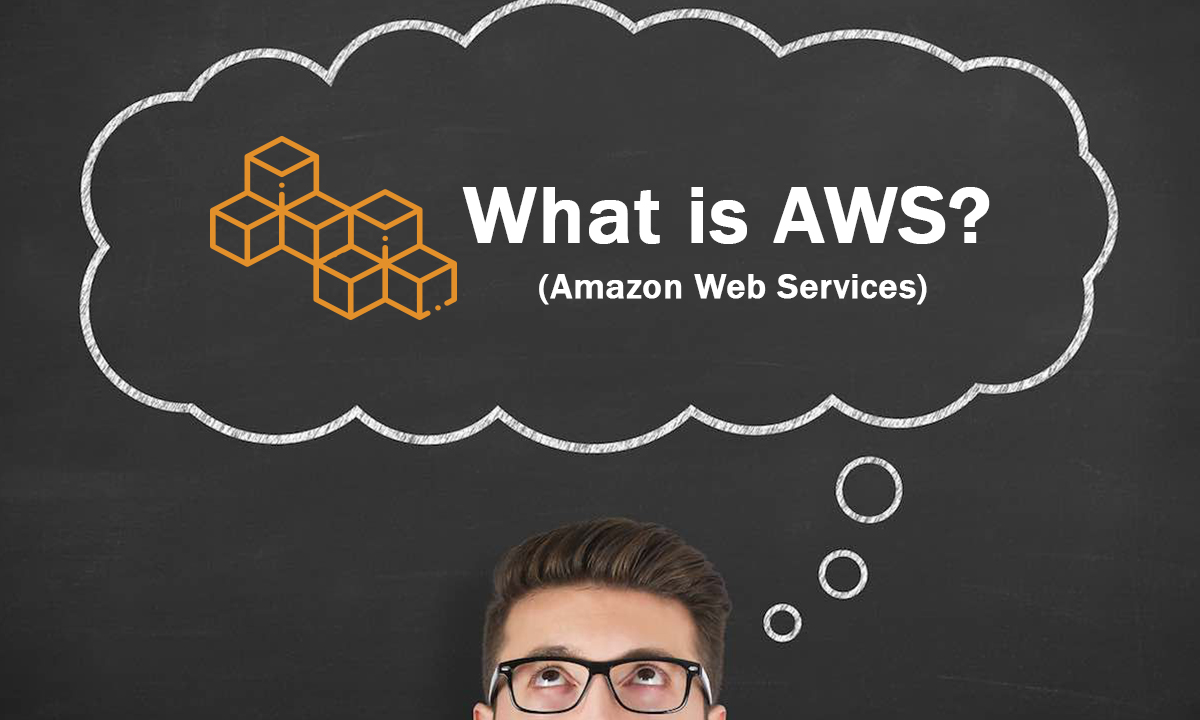
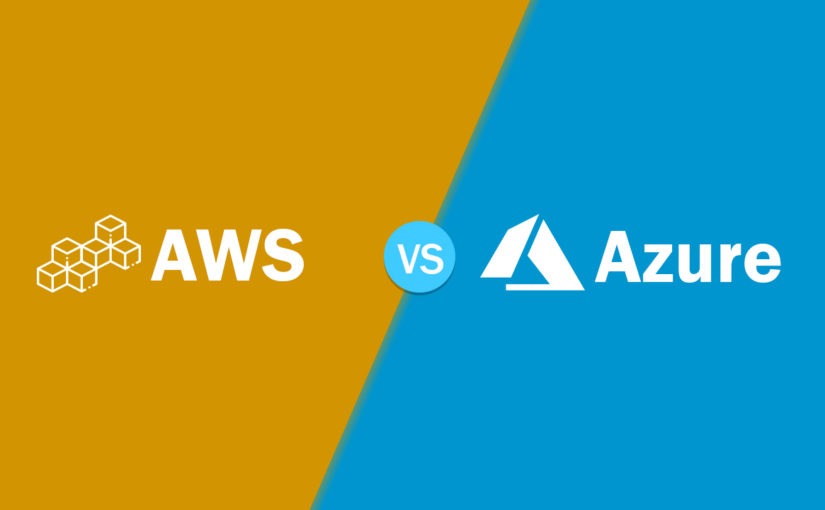
 99999999 (Toll Free)
99999999 (Toll Free)  +91 9999999
+91 9999999